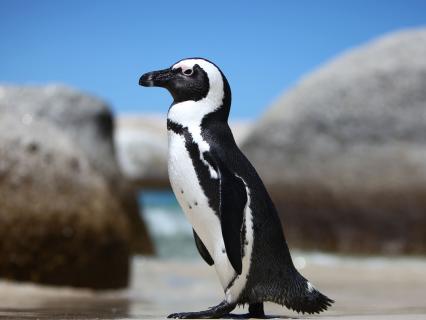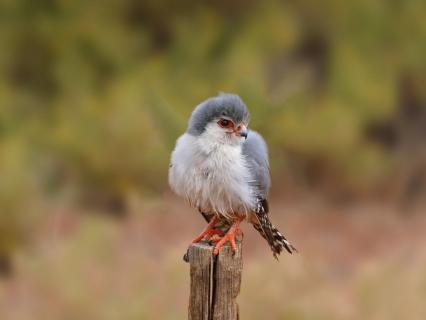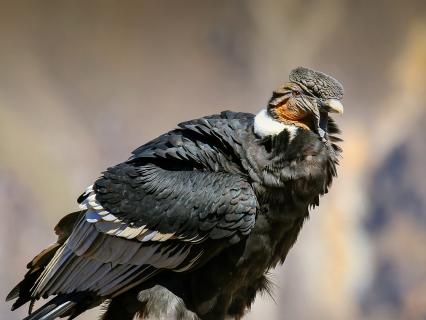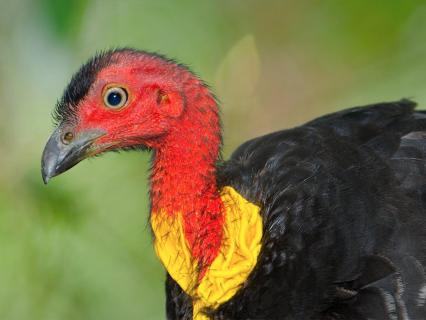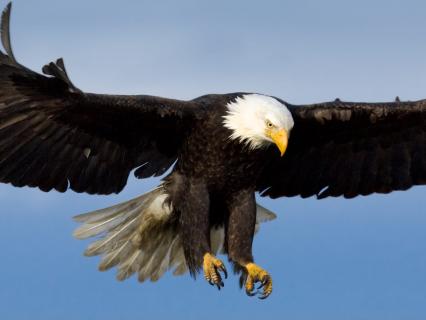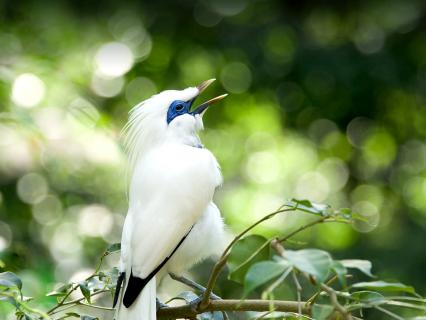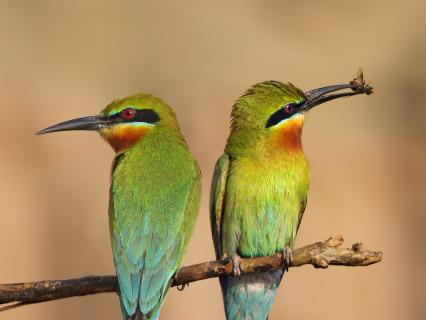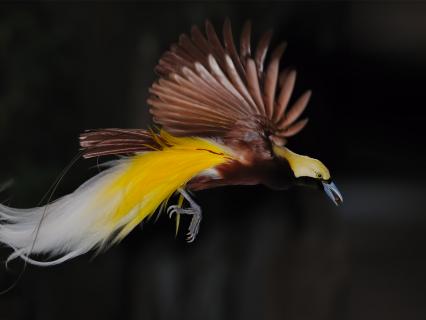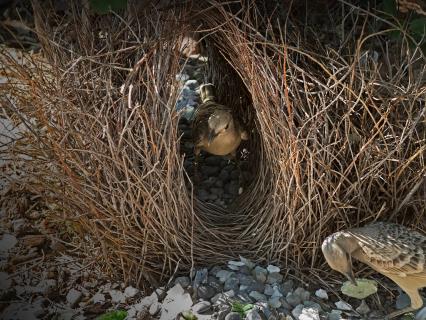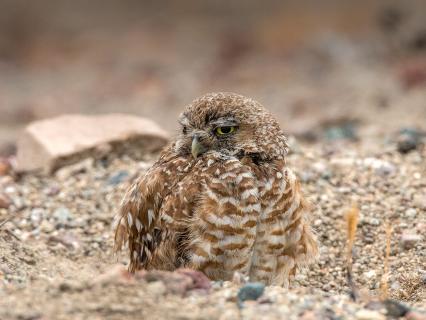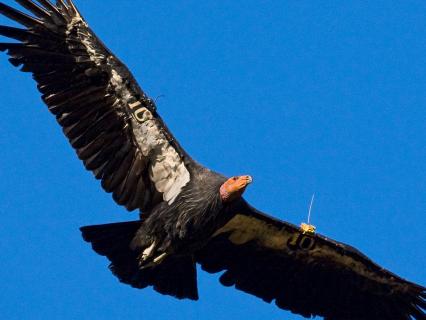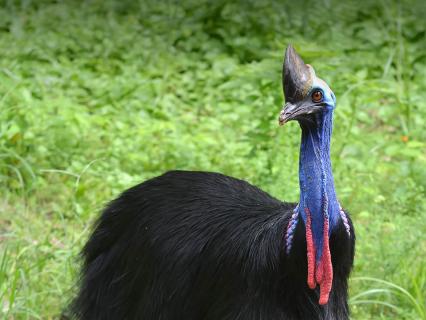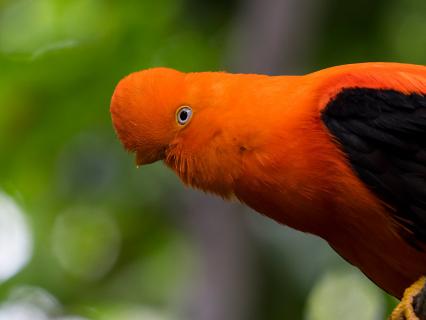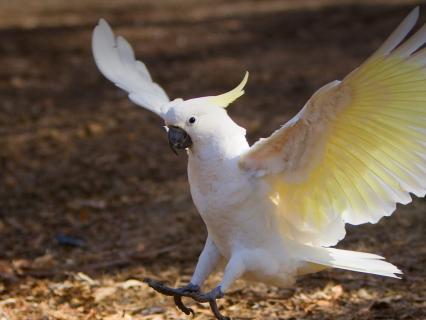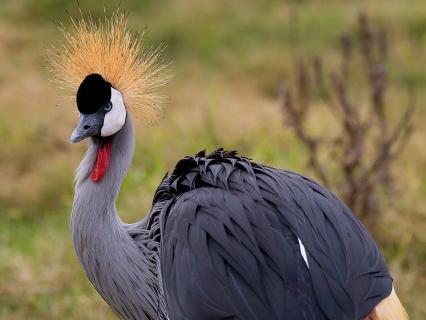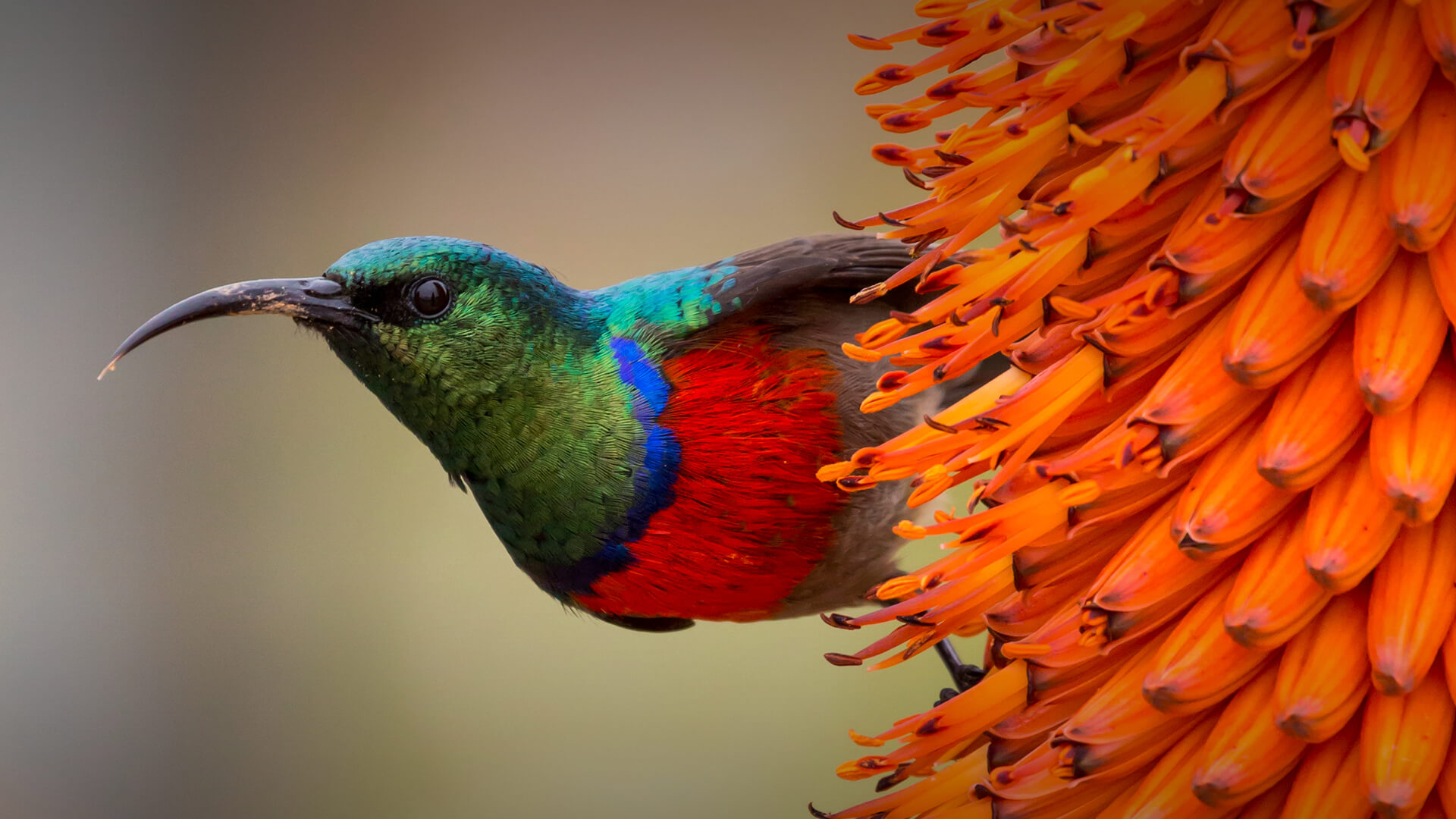
Birds
Defining Characteristics:
Vertebrates
Endothermic (warm blooded)
Feathers
Egg layers
Feathers are made of keratin, like hair and fingernails
There are more than 9,800 known species of birds.
Birds are vertebrates, with a backbone and skeleton, although some of the bones are hollow to keep the bird light and aloft. Their forelimbs have the same bones as the human arm, but they are highly modified to form the structure for wings. Some of the bones in the wrist and fingers are fused together for extra strength.
Fancy feathers
Like mammals, birds are endothermic, or warm blooded, but they are the only animals that have feathers. The feathers are made of keratin. Each feather has a stiff, hollow center shaft with hundreds of side branches, called barbs. Each barb has two rows of side branches, called barbules. This structure allows air to gather in the feathers, making them lightweight and keeping the bird’s body heat from escaping.
Nests
All birds lay eggs with hard, waterproof shells, which they create nests for. A nest may be just a scrape in the sand or an elaborate structure of twigs, leaves, and other gathered materials. Birds incubate their eggs until they hatch. The parents continue to care for their young, bringing food to the nest site as needed. The chicks of some birds, like chickens, are already covered with down and can start finding their own food. They are called precocial. Other chicks, like robins, hatch with no feathers and are helpless, depending on their parents to feed them. They are called altricial.
Variety
There are more than 9,800 known species of birds. The smallest is the male bee hummingbird, which is 2.25 inches (5.7 centimeters) long and weighs only 0.056 ounces (1.6 grams). Its body is the size of a large bumblebee! The largest bird is the ostrich, which can weigh up to 340 pounds (154 kilograms). The bird with the most feathers is the tundra, or whistling, swan, which has more than 25,000 feathers. The bird that flies the fastest is the peregrine falcon: 117 miles per hour (188 kilometers per hour) in a steep dive.
Conservation
San Diego Zoo Wildlife Alliance is involved in numerous efforts to save birds, locally and around the world. These programs include the San Clemente loggerhead shrike program, in collaboration with the U.S. Navy, to increase and support the population of these songbirds found only on California's San Clemente Island.
Other efforts include the Hawaii Endangered Bird Conservation Program, which has raised nearly 1,000 chicks, representing 14 of Hawaii's most threatened birds, at our Keauhou and Maui bird conservation centers. Hundreds of birds have been reintroduced into protected habitat throughout the Hawaiian Islands.
San Diego Zoo Wildlife Alliance is also working with Mexican partners in the California Condor Recovery Program, to restore the California condor to Baja California, Mexico. At our reintroduction site, scientists continue to study habitat use, foraging, social groupings, behavior, and condor ranging by GPS tracking.


